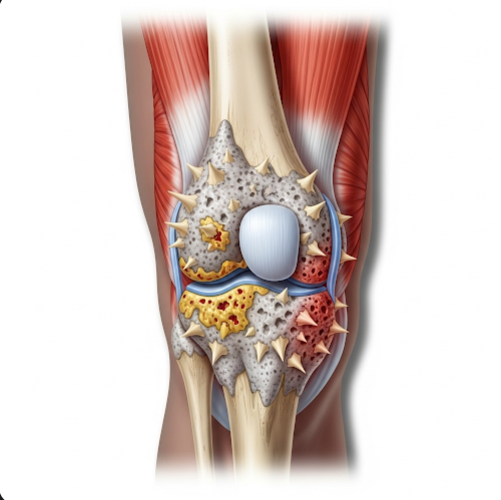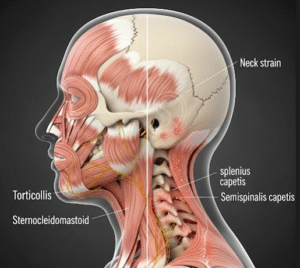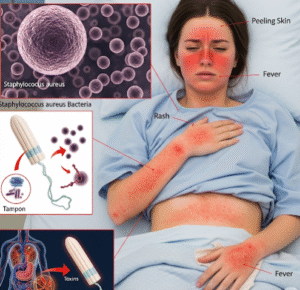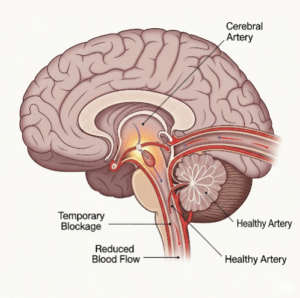Overview
Osteosarcoma, also known as osteogenic sarcoma, is the most common primary malignant bone tumor, primarily affecting children, adolescents, and young adults. It typically arises in the long bones around the knee but can occur in any bone. Osteosarcoma is an aggressive cancer that requires prompt diagnosis and multimodal treatment. In Korea, leading oncology centers offer advanced surgical techniques, chemotherapy protocols, and supportive care to improve patient outcomes.
What is Osteosarcoma?
Osteosarcoma is a malignant tumor arising from osteoblasts—the cells responsible for bone formation. The cancerous cells produce immature bone (osteoid), leading to destructive bone lesions. Osteosarcoma often grows rapidly and can metastasize, most commonly to the lungs. Early detection and aggressive treatment are crucial to improving survival rates.
Symptoms
Common symptoms of osteosarcoma include:
- Localized bone pain that worsens over time
- Swelling and tenderness near the affected bone
- Reduced joint movement or limping if near a joint
- A noticeable lump or mass on the bone
- Fractures occurring with minimal trauma in weakened bone areas
Causes
The exact cause of osteosarcoma is unknown, but several factors may contribute:
- Genetic mutations affecting bone cell growth
- Previous radiation therapy or exposure to certain chemicals
- Certain inherited conditions like Li-Fraumeni syndrome or hereditary retinoblastoma
- Rapid bone growth during adolescence
Risk Factors
Risk factors include:
- Age between 10 and 25 years, especially during growth spurts
- Male gender slightly more affected than females
- Family history of certain genetic cancer syndromes
- Prior exposure to radiation or chemotherapy
Complications
If untreated or advanced, osteosarcoma can lead to:
- Local bone destruction and pain
- Metastasis to lungs or other organs
- Pathological fractures
- Functional impairment or limb loss if surgery is extensive
Prevention
There are no known ways to prevent osteosarcoma due to its complex and largely unknown causes. Genetic counseling may be recommended for families with hereditary cancer syndromes. Early detection and treatment are key to improving prognosis.
Treatment Options in Korea
Treatment for osteosarcoma in Korea is comprehensive and multidisciplinary:
- Neoadjuvant chemotherapy: Given before surgery to shrink tumors and target micrometastases.
- Surgical resection: Limb-sparing surgery or amputation depending on tumor size and location.
- Adjuvant chemotherapy: Postoperative treatment to eliminate residual cancer cells.
- Advanced imaging: MRI, CT, and PET scans for accurate staging and treatment planning.
- Rehabilitation and supportive care: To restore function and quality of life after treatment.
Korean cancer centers are equipped with the latest medical technologies and expert oncology teams, offering personalized treatment protocols and clinical trials to optimize outcomes for osteosarcoma patients.













